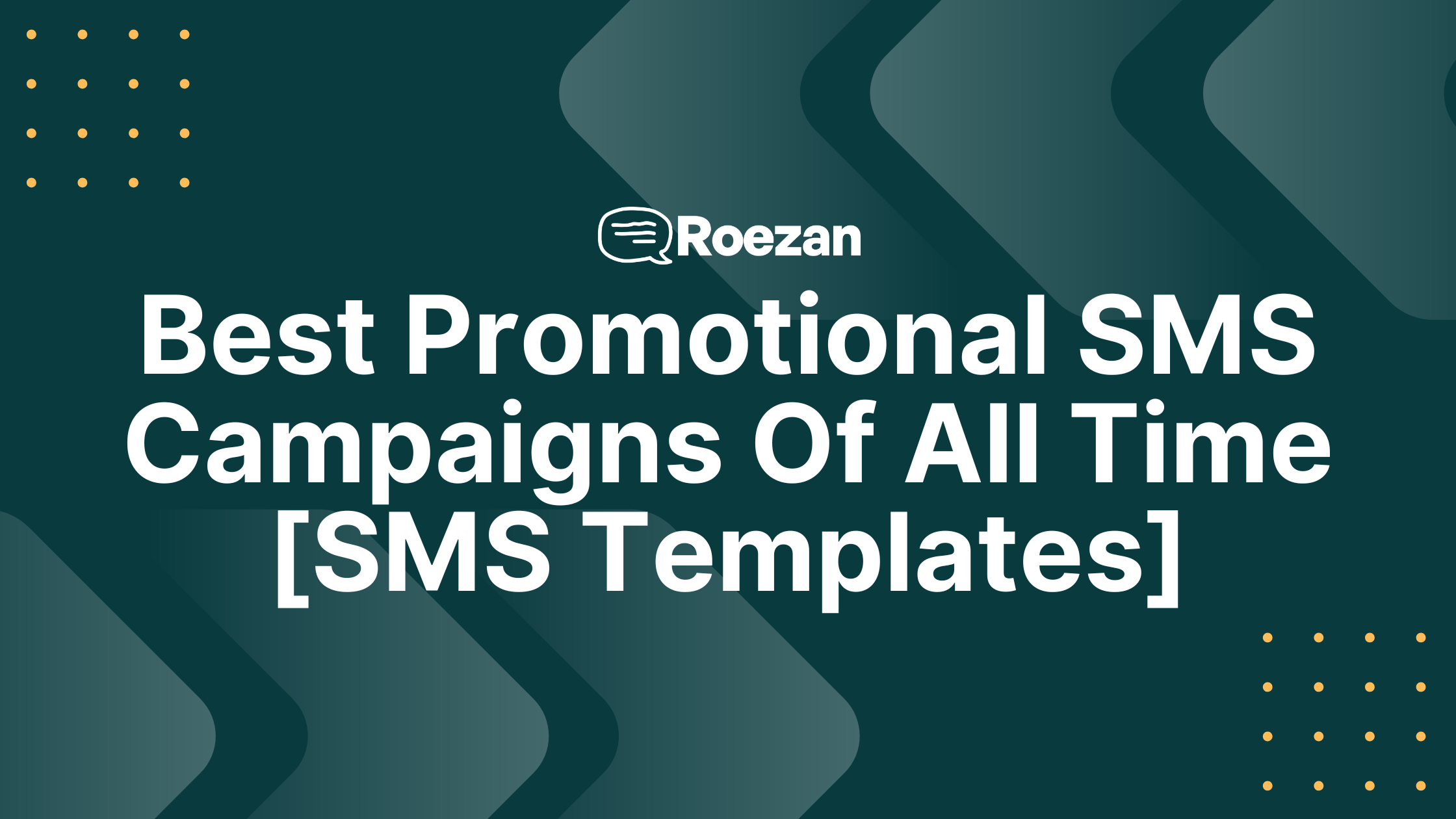Nonprofits rely on donations from supporters to continue their important work. However, engaging and communicating with supporters can be a challenge. Traditional methods such as email and direct mail can have low open and response rates. But there is another option that is becoming increasingly popular – SMS marketing.
Why SMS Marketing?
SMS marketing is a powerful tool for nonprofits because it offers a direct and personal way to engage with supporters. Text messages have an open rate of 98%, compared to just 20% for email. This means that your message is much more likely to be seen and acted upon.
Text messaging is also a great way to reach supporters on the go. Many people have their phone with them at all times, and are more likely to check a text message quickly than to sit down and read an email. This makes SMS marketing an ideal way to communicate time-sensitive information, such as event invitations or urgent donation appeals.
Getting Started with SMS Marketing
Before you get started with SMS marketing, there are a few things you need to do:
1. Get Permission
It is important that you have permission from supporters before sending them text messages. This can be done through an opt-in process, where supporters are asked to text a specific keyword to a number in order to receive messages from your organization. You should also provide an easy way for supporters to unsubscribe.
2. Choose a Platform
There are many platforms available for SMS marketing. We're biased, but we think you'll like our platform Roezan. Be sure to choose a platform that is easy to use, has good analytics and reporting features, and is compliant with regulations such as the Telephone Consumer Protection Act (TCPA).
3. Develop a Strategy
As with any marketing campaign, it is important to have a clear strategy for your SMS marketing. Decide what type of messages you will send (e.g. news updates, event invitations, donation appeals), how often you will send them, and what kind of response you are hoping to achieve. You should also create a schedule for sending messages, and be mindful of times when supporters may be less likely to engage (e.g. late at night or on weekends).
Best Practices for SMS Marketing
Once you have a plan in place, there are several best practices you should follow to ensure that your SMS marketing is effective:
1. Keep It Short and Sweet
Text messages have a character limit, so it is important to be concise and to the point. Keep your messages short and sweet, and focus on the most important information.
2. Personalize Your Messages
Personalization can go a long way in increasing engagement with your SMS marketing. Use supporters' names in your messages, and tailor your messages to their interests and past interactions with your organization.
3. Include a Call to Action
Your messages should always include a clear call to action (CTA). Whether you are asking supporters to donate, volunteer, or attend an event, make it clear what you want them to do and how they can do it.
4. Use Visuals or Links
While text messages are limited to plain text, you can still include links to your website or social media pages. You can also use multimedia messaging service (MMS) to include images or video in your messages. Just be aware that MMS messages may not be compatible with all devices or carriers.
5. Track Your Results
It is important to track the success of your SMS marketing campaigns. Look at metrics such as open rates, click-through rates, and conversion rates to see how your messages are performing. Use this information to adjust your strategy and improve your results over time.
Conclusion
SMS marketing is a powerful tool for nonprofits looking to engage with supporters and drive donations. By following best practices and using a clear strategy, your organization can use SMS marketing to build stronger relationships with supporters and achieve your fundraising goals.



